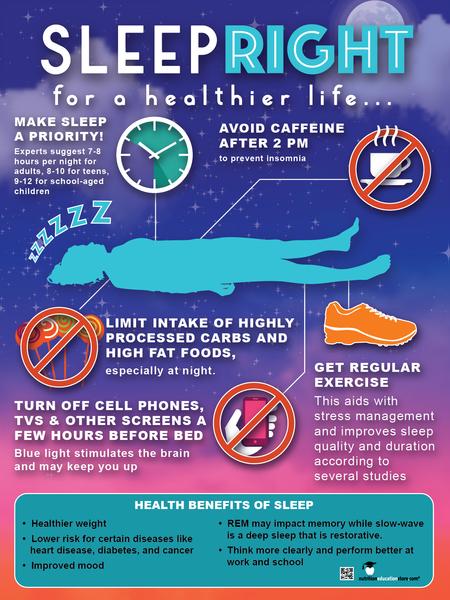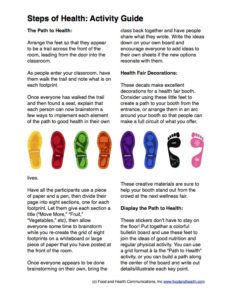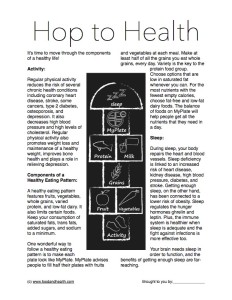Healthy sleep is the newest addition to the American Heart Association’s (AHA) checklist to measure cardiovascular health, which was recently released as Life’s Essential 8TM. Sleep joins seven other factors AHA says can help lower the risk for heart disease, stroke, and other major health problems.
You can spread the word about healthy sleep with our Sleep Right poster, which provides an introduction to the importance of sleep and how to get a good night’s sleep.
Whether you’re working with students in the classroom, educating your followers on social media, or counseling individuals, here are some ways to slip in some sleep education:
- It’s never too early: incorporate healthy sleep tips when you’re talking to new parents, teachers, and kids.
- What you do during the day counts: emphasize that a good night’s sleep doesn’t just happen. What you eat and drink and your activity level can help or hinder your sleep.
- Measure your sleep: an activity tracker on your phone or watch isn’t reliable enough to diagnose sleep issues, but it can give you a general idea of how you’re sleeping. (A pen and paper sleep diary will do the job, too!)
- You can get too much: we talk a lot about getting enough sleep, but excessive sleep is also related to heart disease and other health problems.
By Hollis Bass, MEd, RD, LD



















